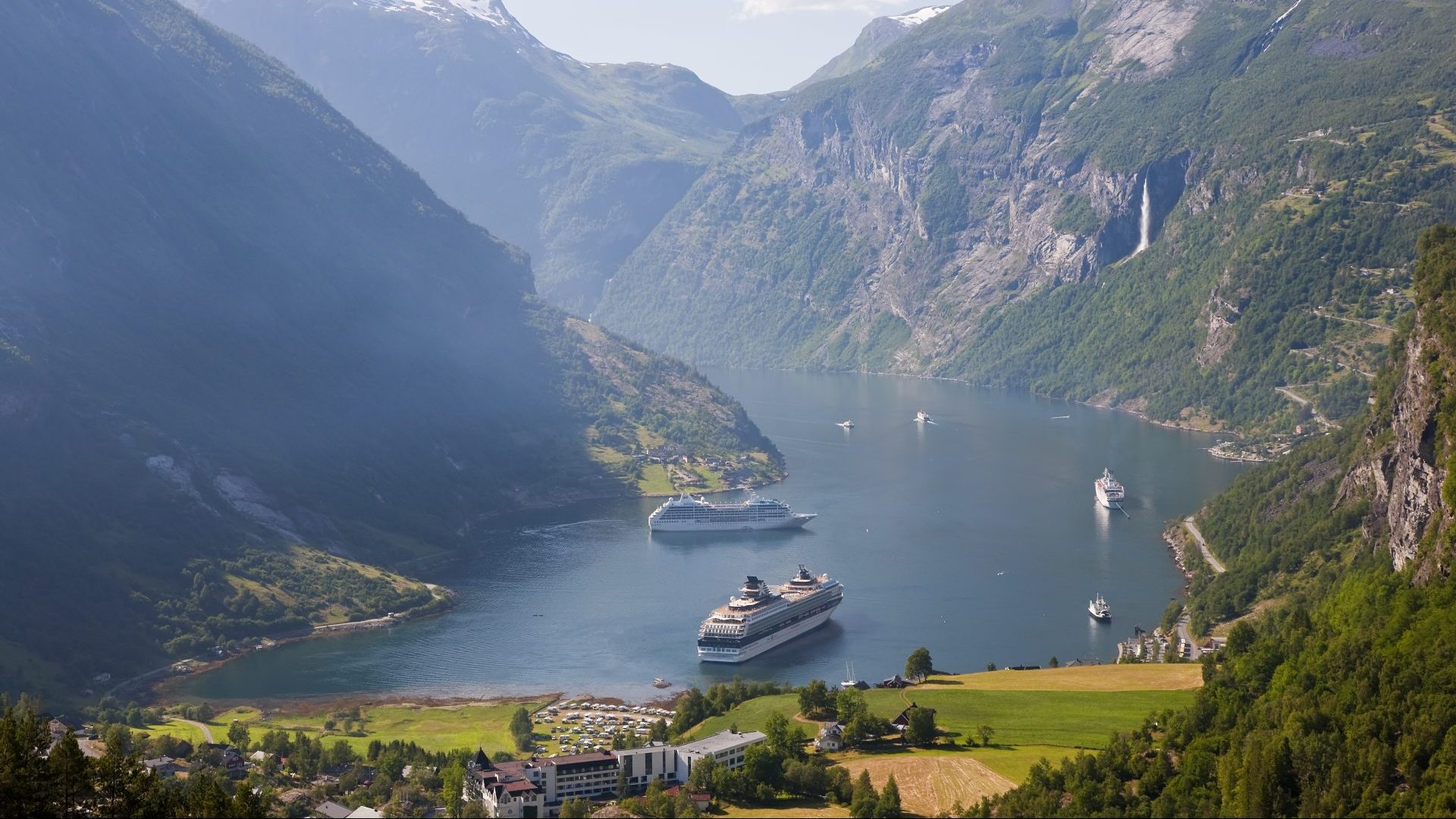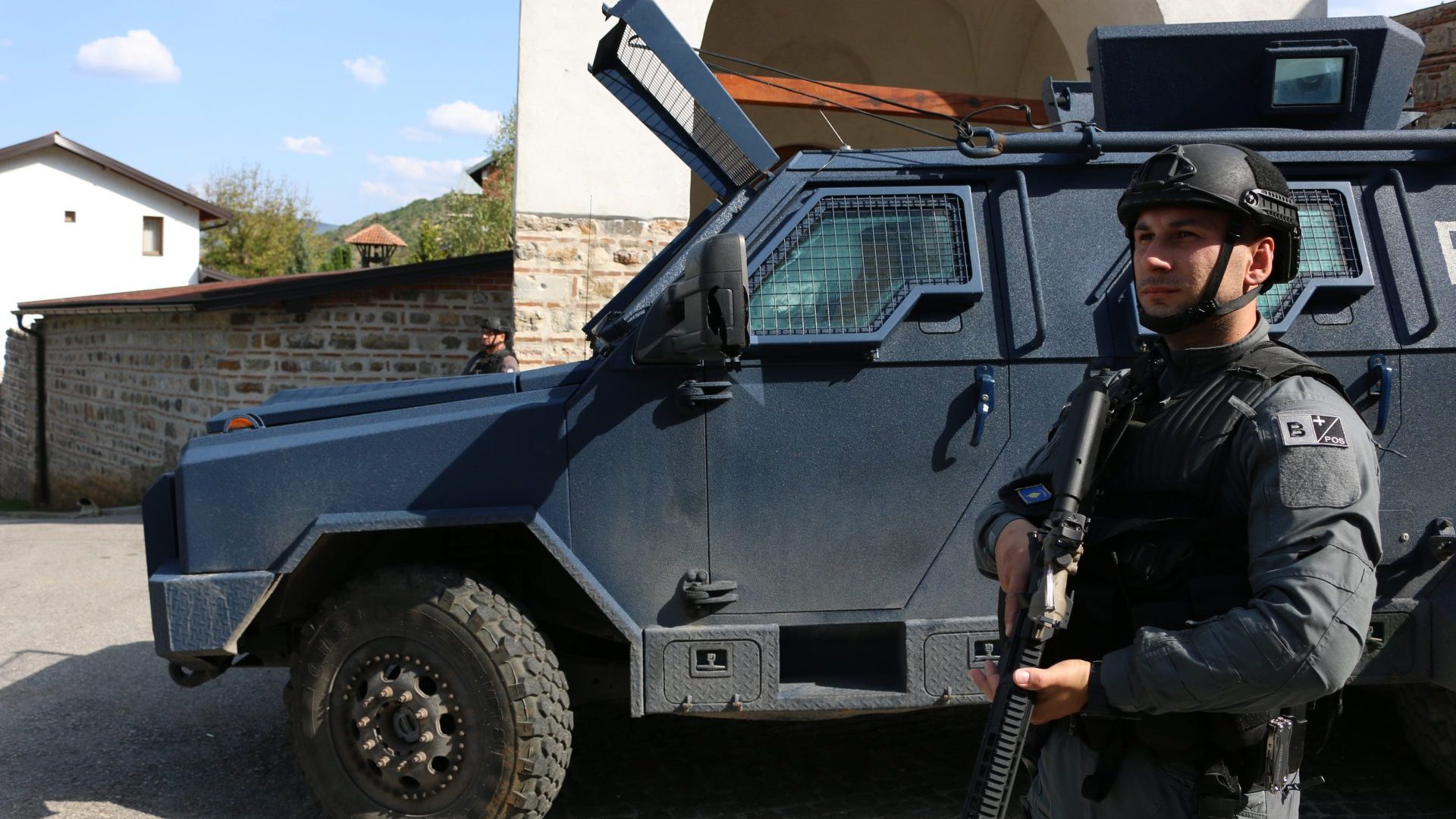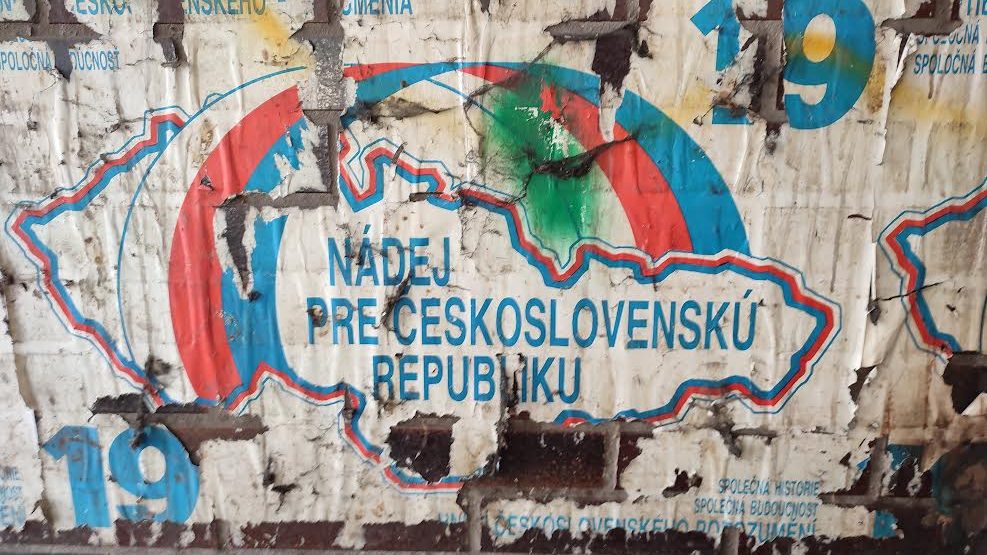The Covid pandemic left the cruise ship industry perplexingly unscathed. No sooner had the cruise liners been barred from central Venice, than a new port opened in Istanbul. As southern Europe burned last summer, so two new colossal cruise ships will enter service in European waters next year.
Even Norway, which prides itself on its green ambitions, is susceptible. The Hurtigruten shipping company has recently launched the North Cape Express, a 13-day passage from Oslo, complete with a promise of seeing the Northern Lights. Hurtigruten already runs the Svalbard Express, a 14-day cruise between Bergen and one of the world’s northernmost inhabited places.
With its celebrated fjords, and the second longest stretch of coastline in the world, Norway is an ideal cruise zone, and since the Russian invasion of Ukraine, it has been hoovering up traffic diverted from the Baltic Sea. Passenger numbers to Norwegian ports are up by almost a third from last year. The CEO of Cruise Norway was on telly recently, telling viewers that “2023 is undoubtedly an all-time high”.
Anyone who has been within half a mile of a cruise ship knows that “floating tower block” is no exaggeration. Once docked, a liner can easily dwarf the buildings of its host town, blotting out the sun for entire neighbourhoods. Add to that the blaring ships’ horns, noisy public announcements and the terrible onboard musical entertainment and it starts to look less like a holiday cruise and more like a gargantuan experiment in sociopathy.
And that’s before you’ve factored in the disgorging of thousands of passengers who overwhelm small coastal communities like medieval armies, typically spending little money while leaving behind a mucky footprint of emissions, waste and ecological damage.
Like Venice, Oslo banned cruise ships from the city centre this summer, and the Green Party has ambitions to make Bergen “cruise-free” by 2027. Further sanctions are on the horizon from 2025, when cruise ships will be required to switch off diesel engines and connect to dockside electricity supplies to reduce emissions. And from 2026, all polluting vessels will be banned from the Unesco world heritage sites of Geirangerfjord and Nærøyfjord, where, left unchecked, the air quality is predicted to become “downright hazardous”.
Norway is already a fairly green country – 98% of its electricity comes from renewable hydropower. Now Hurtigruten plans to have its first zero-emission cruise ship ready by 2030, which it says will “leave a positive footprint with zero emissions to both sea and land.”
While it’s easy to imagine Norway united behind the climate cause, last month’s local elections made clear that here, the stakes are about as high as they get. For an economy that relies on environmentally impactful industries, from oil and gas exploration and exports, to fishing, to tourism, the drive to zero emissions lies somewhere between sensible forward planning and greenwashing. As we feel the global pinch, economy and ecology are pitted against each other, and even in Norway, short-termism masquerading as pragmatism speaks. In a nationwide shift to the right, the Green Party won a mere 4.1% of the vote. And that terribly British sounding Rosebank oil field, approved by our government on the spurious grounds of British energy security? The majority share belongs to the Norwegian state-owned energy company Equinor.




